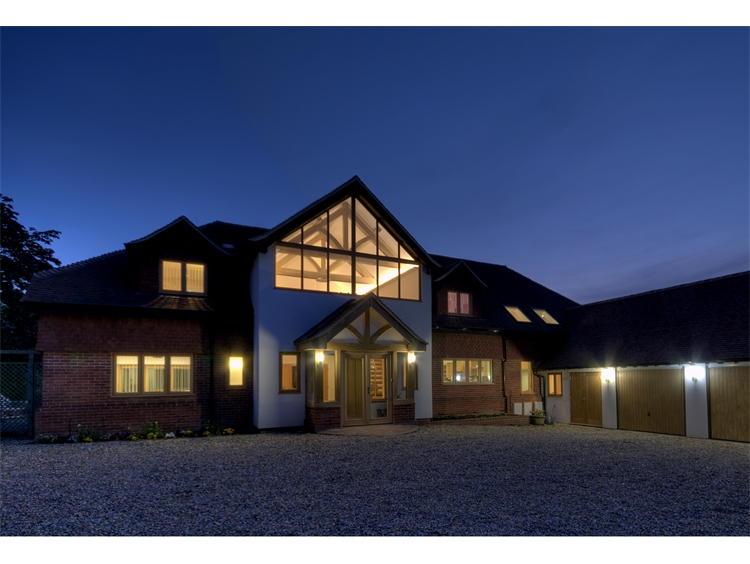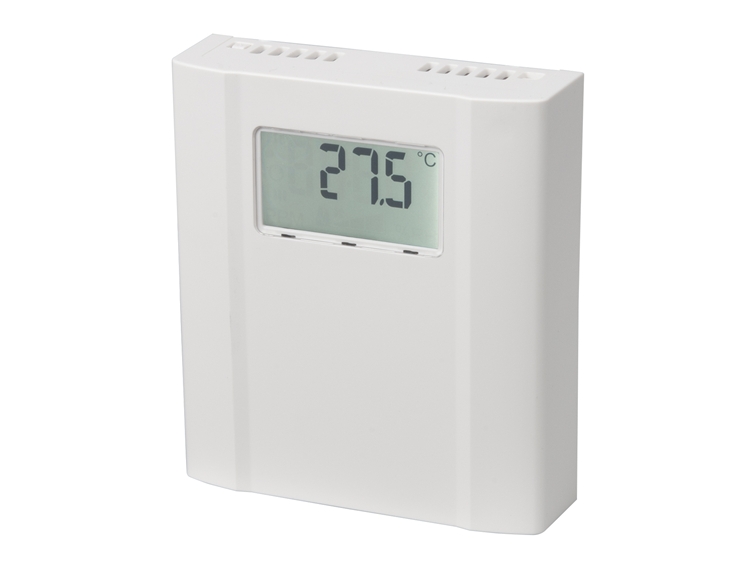When engineer Peter Dobson retired, he immediately went back to work on the family's brand new home in Hampshire. He wanted the house to incorporate the latest in energy efficient home automation.
When engineer Peter Dobson retired, he immediately went back to work on the family’s brand new home in Hampshire he wanted the house to incorporate the latest in energy efficient home automation.
Local planning authorities place substantial emphasis on environmental issues; and energy efficiency remains a key consideration for all. Indeed, planning permissions for Fairvalley House mandated not only a limit to maximum energy consumption, but also regulated the minimum percentage contribution from renewable sources such as solar heating. It was therefore vital that the new home’s building automation system should manage and monitor all energy inputs and outputs; lighting, heating and electrical. The heated indoor swimming pool was a focus of particular attention.
Smart-house – a bus for intelligent buildings
The smart-house solution from Carlo Gavazzi promised to be the most open and capable system. It is capable of transmitting multiple digital and analogue signals over several kilometres, via an ordinary 2-wire cable. Modular design and a simple operating principle enable even novices to implement its use in new or existing applications. Moreover, there is a wide range of smart-house modules available, including digital and analogue I/O, PC interfaces, HMIs and modems; and all connect to the same two-wire cable which is used to exchange data between modules and between a central controller and modules.
The home automation system for Fairvalley House is more extensive than the average home, spanning five bedrooms, living room, games room, kitchen/breakfast room as well as bathrooms, workshop, garage, plant room and indoor swimming pool. Sixteen zones are currently allocated, divided into two areas: one for essential systems such as fire alarms and lighting, which are supported by a backup power generator and controlled directly on the bus; the other for nonessential systems including pool heating, forms a separate set of zones.



















